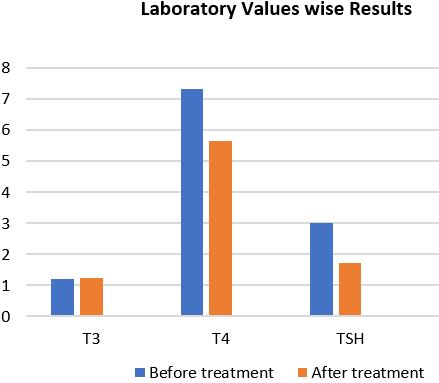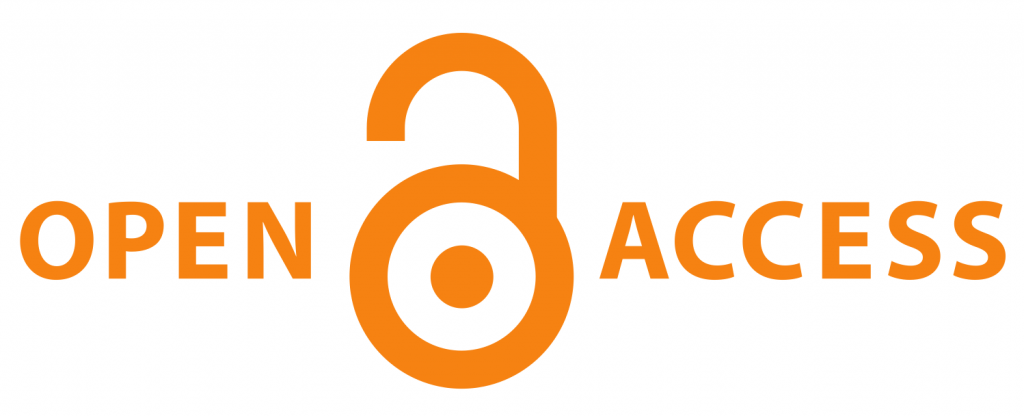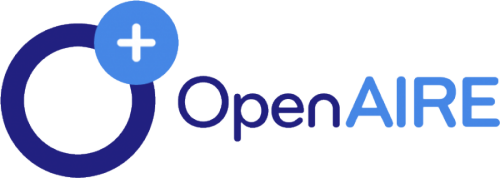An Ayurvedic holistic approach in achieving hormonal balance in a co-existing condition of PCOS and Hypothyroidism - A Case Report
DOI:
https://doi.org/10.21760/jaims.10.1.40Keywords:
PCOS, hypothyroidism, rasayana, holistic principle, hormonal balanceAbstract
Introduction: PCOS and thyroid hormonal imbalances are very much prevalent co-existing endocrinal conditions of recent days. Holistic approaches of Ayurveda offer cost effective and promising solutions to these kinds of multi-systemic conditions. Case Details: A female patient aged about 23years, diagnosed with Hypothyroidism and PCOS associated with severe craving, thirst, lethargy, sleep disturbance and irregular periods characterized by Amenorrhea for six to nine months with very minimal menstrual bleeding. Detailed analysis of Hetu, Lakshana based on Trividha, Astavidha, Dashavidha Pareeksha, revealed Kapha and Vata Nidana causing Arthavavaha Srotosangha and Rasa-Medo Dhatu Dushti. Accordingly, the treatment approach was planned with Nidana Parivarjana, Deepana, Pachana, Shodhana (Vamana), Samsarjana followed by Shamana and regular Suryanamaskara with morning relaxing walk and exercises. Results: A significant result was noted during treatment in terms of reduction in severe craving, thirst, lethargy, sleep disturbance and level of TSH from 3.01µIU/ml (with thyroid hormonal medication) to 1.71µIU/ml (without thyroid hormonal medication) body weight reduced from 63kgs to 59kgs BMI from 27.3 to 25.5 with the appearance of regular menstrual cycle thereafter. Conclusion: A satisfactory improvement observed in overall health of the patient proving significant efficacy of principle based holistic approach of Ayurveda for multi systemic hormonal balance.
Downloads
References
Tripathi I, Tripathi D. Yogarathnakara. Krishnadasa Ayurveda Series 52. Varanasi: Chaukhamba Ayurveda Prakashana; 2007. p. 4.
Charaka, Acharya JT. Charaka Samhita of Agnivesha with Ayurveda Deepika commentary of Chakrapani Datta. Vimana Sthana; Rogabhishagjitheeyam Adhyaya: Chapter 8, Shloka 94. Varanasi: Chaukhambha Orientalia; Reprint 2016. p. 277.
Paradakara HSS. Ashtang Hrudayam with Sarvanga Sundaram commentary of Arundatta and Ayurveda Rasayana of Hemadri. Chikitsa Sthana, Vatavyadhichikitsitam, Shloka 57-60. Varanasi: Chaukhamba Sanskrit Orientalia; Reprint 2005. p. 726.
Shastri KA. Bhaishajyaratnavali. Pandurogadhikara 12/28. Varanasi: Choukambha Prakashan; 2014. p. 428.
Revashankar V. Kamdhenu Chikitsa. Ch-5. Arogya Mandir; 2014. p. 27.
Paradakara HSS. Ashtang Hrudayam with Sarvanga Sundaram commentary of Arundatta and Ayurveda Rasayana of Hemadri. Chikitsa Sthana, Vatavyadhichikitsitam, Shloka 58-61. Varanasi: Chaukhamba Sanskrit Orientalia; Reprint 2022. p. 726.
Charaka, Acharya JT. Charaka Samhita of Agnivesha with Ayurveda Deepika commentary of Chakrapani Datta. Sutra Sthana; Yajjapurusheeya Adhyaya: Chapter 25, Shloka 40. Varanasi: Chaukhambha Orientalia; Reprint 2016. p. 127.
Acharya YT, editor. Charaka Samhita of Agnivesha. Sutra Sthana. Reprint Edition. Ch. 1, Ver. 66. Varanasi: Chaukhambha Surbharti Prakashana; 2011. p. 18.
Das G, editor. Bhaishajyaratnavali. Shri-Kaviraj Ambikadatta Shastri. 67th Chapter, Verses 58-60. Varanasi: Choukambha Prakashan; 2014. p. 1040.
Shastri KA, editor. Bhaishajyaratnavali. 67th Chapter, Verses 233-235. Varanasi: Choukambha Prakashan; 2014. p. 1040.















